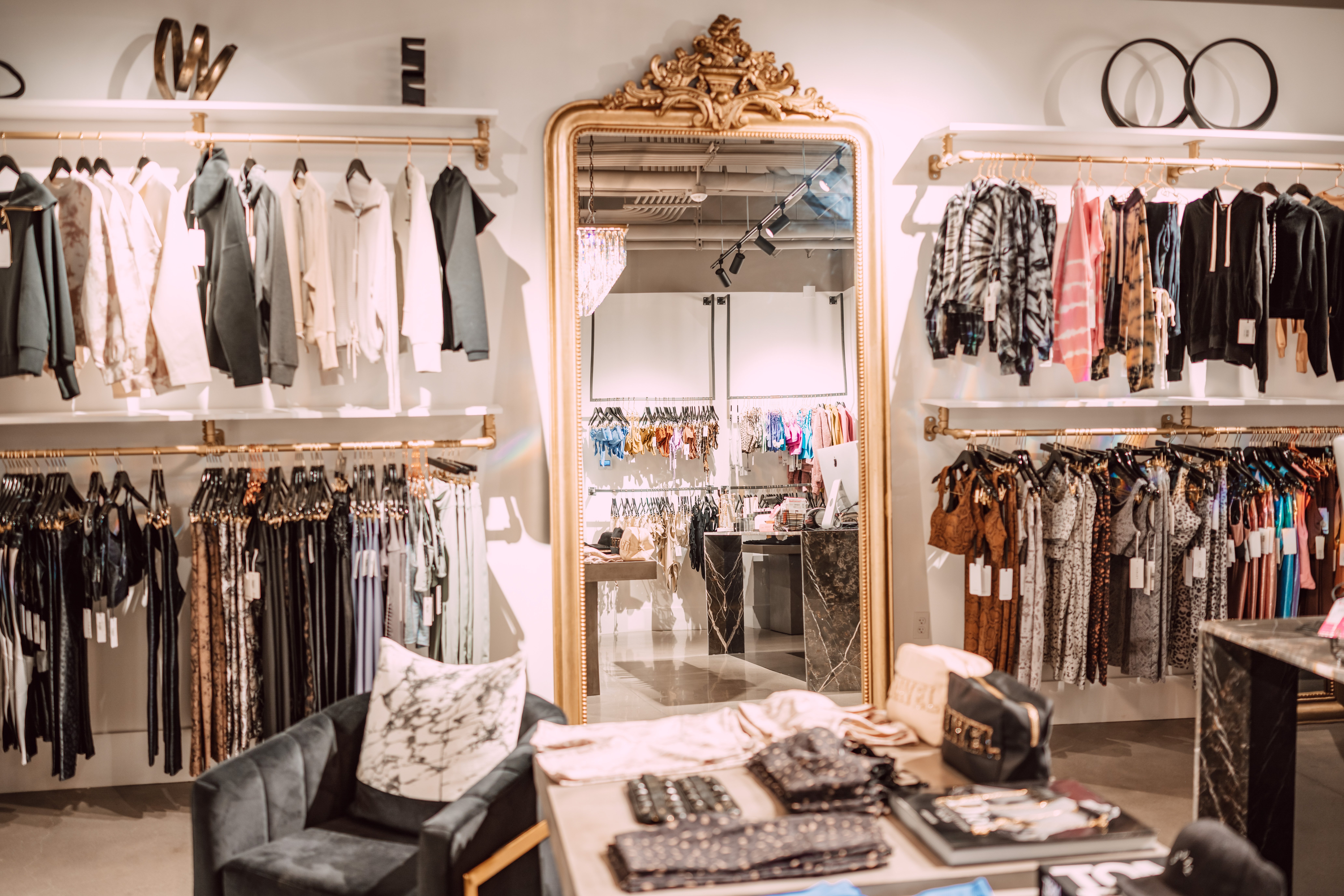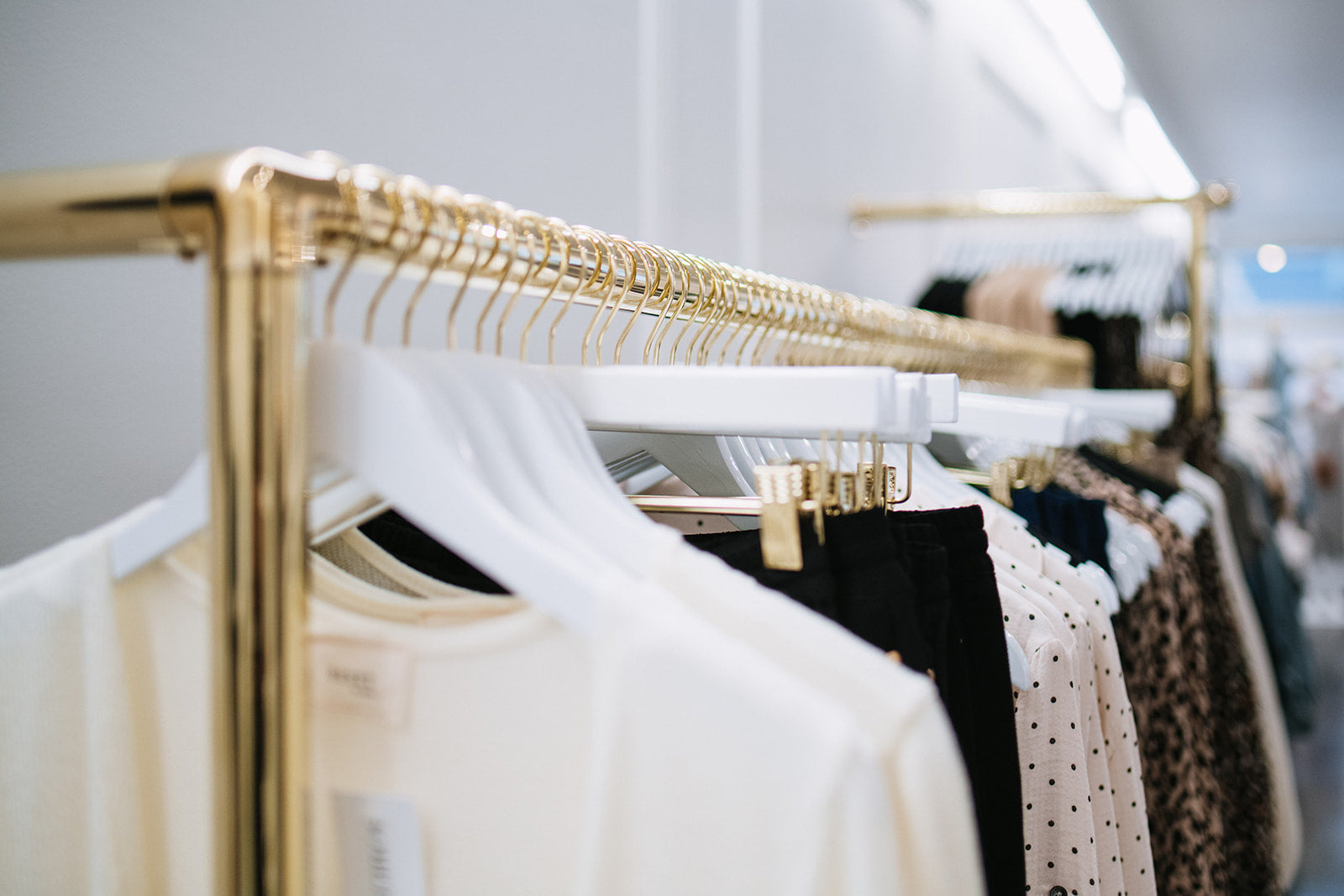A Newbie's Overview to Browsing the Boutique Fashion Scene
A Newbie's Overview to Browsing the Boutique Fashion Scene
Blog Article
Lasting Fashion: How Eco-Friendly Clothes Is Shaping the Future of Style
As the garment industry deals with enhancing analysis over its environmental influence, the surge of sustainable style supplies an appealing option that aligns style with eco-friendly responsibility. Using cutting-edge products such as plant-based textiles and recycled fibers, together with sophisticated approaches like digital and 3D printing, developers are redefining what it suggests to be stylish in the modern-day age. Simultaneously, the expanding appeal of upcycling and thrift society is cultivating a shift in the direction of a circular economy. Yet, how does this movement absolutely influence the future trajectory of fashion, and what challenges exist ahead in its prevalent fostering?
Ingenious Lasting Materials
As the style sector grapples with its environmental influence, innovative lasting products have emerged as a crucial solution for decreasing eco-friendly impacts. These materials not just reduce reliance on fossil gas yet also lessen harmful chemical usage and water consumption.
Along with plant-based materials, advancements in biofabrication have led to the growth of lab-grown textiles. Mycelium leather, obtained from mushroom roots, offers a eco-friendly and flexible alternative to pet leather. Its production causes substantially lower carbon exhausts and water use, making it a much more lasting choice for designer seeking to line up with green methods.
Recycled products are likewise gaining grip, with polyester made from recycled plastic bottles representing a significant innovation. This development not only draws away plastic waste from oceans and land fills however likewise reduces energy intake compared to producing virgin polyester. With each other, these products underscore the capacity for an extra lasting garment industry, paving the means for ecologically conscious design and production.
Eco-Conscious Production
Structure on the developments in sustainable materials, the fashion business is additionally re-evaluating its manufacturing processes to even more minimize ecological effect. Trick strategies include reducing water usage, minimizing carbon discharges, and eliminating harmful chemicals. By adopting closed-loop systems, producers intend to recycle water and power efficiently, considerably lessening waste. The assimilation of renewable resource sources, such as solar and wind power, into manufacturing centers even more cuts dependence on nonrenewable fuel sources.
An additional vital element is the decrease of toxic chemicals typically utilized in dyeing and finishing textiles. Eco-conscious makers are moving in the direction of plant-based dyes and waterless dyeing innovations, which not just guard neighborhood ecosystems yet additionally boost employee safety. Innovations like digital printing decrease material waste and energy usage, using a cleaner alternative to standard approaches.
With the advancement of blockchain modern technology, firms can currently provide detailed insights into their supply chains, making sure ecologically friendly and moral methods at each step. As the demand for eco-conscious products expands, suppliers are compelled to introduce, making certain that the future of fashion is both lasting and fashionable.
The Surge of Upcycling
Upcycling, a transformative technique in lasting style, involves creatively repurposing discarded products into brand-new, top quality items. This cutting-edge approach not only decreases waste yet likewise decreases the demand for resources, thereby lessening the environmental impact of apparel manufacturing. By reconstructing and reimagining existing things, designers and style brands are able to instill originality right into their collections while promoting environmental duty.

Additionally, the upcycling activity has equipped small services and independent designers, who typically this contact form lead in technology because of their dexterity and creative thinking. By utilizing on the bountiful schedule of unused materials, these entities add to a circular economic climate, demonstrating that fashion can be both lasting and trendy. Via upcycling, the market takes considerable strides towards a much more responsible and conscious future.
Thrift Society's Effect
The burgeoning thrift culture significantly reshapes the landscape of lasting style, highlighting the significance of mindful intake. This social shift urges customers to accept previously owned garments, thereby lowering the need for new garment production and decreasing environmental influence. Second hand shopping not just expands the lifecycle of clothing however likewise decreases the carbon impact associated with manufacturing, moving, and throwing away garments.
A vital aspect of thrift society is its democratization of style. By offering a broad range of styles from different eras at budget friendly prices, thrift stores make style accessible to a more comprehensive audience. This accessibility cultivates a sense of uniqueness and imagination, as customers mix and match distinct pieces to curate customized wardrobes without adding to the quick fashion cycle.
Furthermore, second hand society promotes circularity in vogue, lining up with the principles of a round economy. By recirculating garments, the cycle of waste is interrupted, and resources are saved. This practice sustains a change from a direct "take-make-dispose" design click to read to a much more lasting structure. As more designers and customers embrace thrift culture, the fashion market is obliged to adapt, integrating sustainable methods to meet the expanding demand for eco-conscious alternatives.

Future Trends in vogue
Style's development is increasingly formed by technological innovations and sustainability-driven efforts. One noticeable trend is the increase of electronic fashion, where online garments can be used in increased fact environments, substantially decreasing material waste.
In addition, the assimilation of blockchain innovation offers new possibilities in transparency and traceability, permitting customers to confirm the sustainability credentials of their clothes. boutique fashion. This guarantees liability in supply chains and advertises honest sourcing techniques. 3D printing is yet one more advancement that guarantees to transform producing procedures by allowing on-demand production, therefore lowering excess stock and waste
Additionally, the development of bio-fabricated materials, such as lab-grown leather and plant-based textiles, presents sustainable alternatives to standard materials. These developments decrease dependence on pet items and resource-intensive crops. As these modern technologies mature, they are positioned to transform the style landscape, combining design with sustainability. The future of fashion, for that reason, hinges on a seamless blend of modern technology, technology, and ecological responsibility.
Verdict
The change of the fashion business with lasting methods indicates an essential change towards environmental responsibility. The integration of ingenious materials, eco-conscious production techniques, and the embracement of upcycling and thrift culture emphasizes a dedication to reducing ecological impacts. As these methods obtain energy, they redefine the industry's story by prioritizing sustainable and moral selections. This evolution not only lines up fashion with eco-friendly sustainability but additionally establishes a criterion for future trends concentrated on responsibility and development.
As the fashion industry deals with increasing examination over its ecological effect, the increase of sustainable style uses an appealing option that aligns style with ecological duty.As the style market grapples with its environmental effect, innovative lasting materials have emerged as a vital service for lowering eco-friendly footprints. With each other, these materials highlight the capacity for find out this here a more sustainable fashion industry, leading the means for eco aware style and manufacturing.
Building on the developments in lasting products, the style industry is additionally re-evaluating its production procedures to better reduce ecological influence. boutique fashion.Upcycling, a transformative method in lasting style, includes artistically repurposing discarded materials right into new, top notch items
Report this page